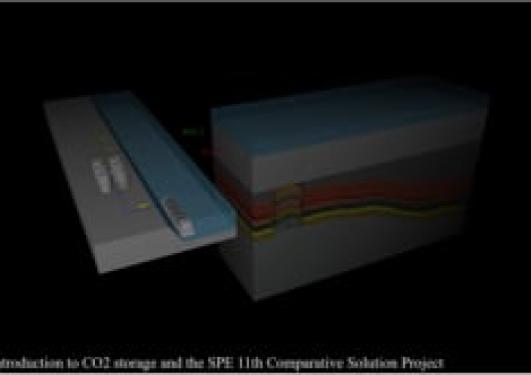
The Porous Media Group educates students and researchers in the fundamental challenges associated with solving the equations that describe flow and transport in and deformation of porous media. These include the development of rigorous mathematical foundations for the empirical physical laws of fluid motion in porous media, numerical methods for solving the partial differential equations that arise, and characterisation of reservoir properties via inverse modelling based on the observed production history of a reservoir. Associated applications include e.g. geothermal energy, subsurface energy and CO2 storage, flow in biological tissues, and hydrocarbon production.




